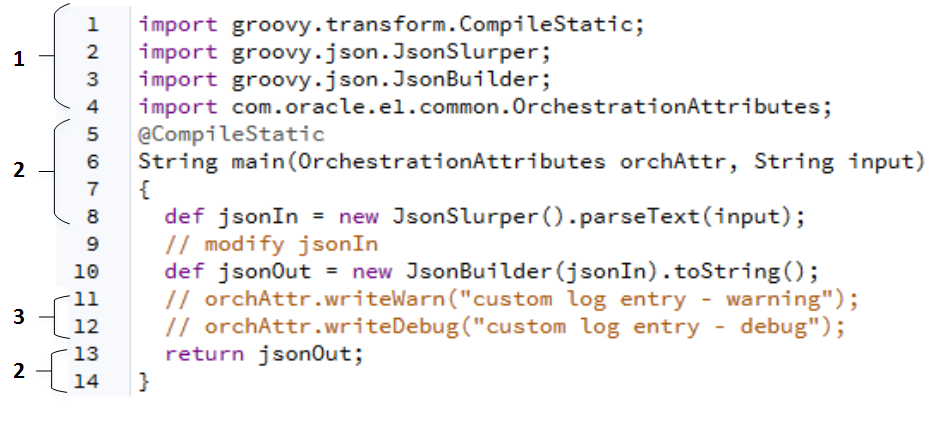

A Comprehensive Grails Course.Now, let's iterate over this map, by going over each Map.Entry in the entrySet(), and extracing the key and value from each of those entries: for (Map.Entry pair : map. The Groovy Development Kit contains methods for stripping out the indentation with the StringstripIndent() method, and with the StringstripMargin(). If you need more deep learning about Groovy and Grails you can take the following cheap course: We are wrapping the examples in one file in the GitHub. def playerMap = ĭef colEntries = llectEntries The first two operators can also be applied where the left argument is of type BigInteger. All three operators are applicable where the left argument is of type byte, short, int, or long. In this step, we will build unit test classes to demonstrate the each method for String, int, long, Object, and a collection with various different. Groovy offers three bit shift operators: <<: left shift.
#Groovy method map code
Or def playerMap = Ĭollect Entries method use for iterates through this Map transforming each entry using the transform closure and returning a map of the transformed entries. The example code in this article was built and run using: Java 1.8.101 (1.8.x will do fine) Maven 3.3.9 (3.3.x will do fine) Eclipse Mars (Any Java IDE would work) Groovy 2.4. There always be an easy way as other methods to retrieve items from the map. The Groovy Development Kit contains methods for stripping out the indentation with the StringstripIndent() method, and with the StringstripMargin() method that takes a delimiter character to identify the text to remove from the beginning of a string. To remove multiple map entries or key-value, you can use "minus" method. If your code is indented, for example in the body of the method of a class, your string will contain the whitespace of the indentation. To remove a single item, you can use "remove" method.

Remove item from the map also a very easy task. Map: asUnmodifiable() Creates an unmodifiable view of a Map. Object: asType(Class clazz) Coerces this map to the given type, using the map's keys as the public method names, and values as the implementation. Map: asSynchronized() A convenience method for creating a synchronized Map. PlayerMap.put("age", 22) Remove Item from the Map A convenience method for creating an immutable Map. Same as add item to the map, replace map values are very simple. Well, I havent seen the << operator except for moving bits, but you can use the.

ProdMap.put("prodPrice", 1199) Replace Value of the Map Item I would like to create a map of maps in groovy. Indeed, for dynamic Groovy, the method reference operator is just an alias for the method pointer operator. This overlaps somewhat with the functionality provided by Groovy’s method pointer operator. ProdMap.put("prodDesc", "The latest iPhone series") The method reference operator (::) can be used to reference a method or constructor in contexts expecting a functional interface. ProdMap."prodDesc" = "A new generation of the Samsung Galaxy S series" ProdMap."prodName" = "Samsung Galaxy S10" ProdMap.prodDesc = "A new generation of the Samsung Galaxy S series"
The second way is using a key separate with map name by a dot ".". This way useful if you have a dynamic key name for example the key name join with index. ProductMap = "A new generation of iPhone X with 8GB RAM and 256 Internal Memory"] The first way is using the square brackets for the key. There are few ways to add item or values to a map. def userMap = ", password: "abcdf12345", fullname: "Didin J."]ĭef defaultMap = Add Item to a Map def emptyMap = Īnd here's an example of the filled map with default values. If the method has just a single Map argument, all supplied parameters must be named. In the method body, the parameter values can be accessed as in normal maps (map.key). To support this notation, a convention is used where the first argument to the method is a Map. A map can declare as an empty map or filled the map with default values. Like constructors, normal methods can also be called with named parameters. To declare or creating a Groovy map is simpler than using Java. Just declare a Map as parameter and access its keys inside the method.
#Groovy method map how to
How To Map Array Of Objects In Javascript Table of Contents: A similar trick may be used to simulate named parameters in any methods.


 0 kommentar(er)
0 kommentar(er)
